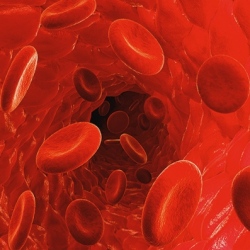
Enlisting the body’s T cells to fight off cancer is an immunotherapy technique that has shown early promise in clinical trials. But one limitation is that these cells generally lack the firepower to do the job on their own, meaning they need to be modified and reintroduced to the bloodstream to have a real impact.
Researchers may now have discovered a more efficient way forward, with the development of a T cell-loaded biogel that can be injected directly into the tumor for a more targeted, less laborious approach to immunotherapy.
Known as adoptive cell therapy (ACT), training the body’s T cells to take the fight to cancerous cells has shown promise across a series of small trials involving leukemia and lymphoma patients, with scientists optimistic about where this emerging form of immunotherapy might lead.
But the current process is an involved one, requiring that the cells be collected from the blood and genetically engineered to produce special receptors on their surface, which in turn enables them to recognize particular proteins on the tumor cells.
The cells are then cultivated in the laboratory until the population reaches into the billions, before being injected back into the patient’s bloodstream. Here they continue to multiply inside the body and attack the cancer cells, guided by the direction of their new engineered receptor.
The breakthrough centers around a new biogel developed by scientists at the University of Montreal Hospital Research Centre that could improve on this approach in a couple of ways. Made from a biodegradable material taken from the shells of crustaceans, and loaded with a few dozen million T cells rather than the billions needed for ACT, it remains a liquid while at room temperature.
Once injected either directly into the tumor or alongside it, it quickly takes the shape of a resistant, cohesive structure that serves as an on-site breeding ground for cancer-killing T cells – or as the researchers put it, "a cellular reservoir."
"The T lymphocytes in the gel are functional and can grow for two to three weeks, be released from the gel, and kill the cancerous cells," explained Réjean Lapointe, co-author of a study.
The researchers say that the approach can help avoid one of the side effects of ACT. A hormone called interleukin-2 is added to the T cells during the engineering to boost their effectiveness, but in high doses it can have a toxic effect.
By significantly cutting the quantity of T cells required to neutralize a tumor, the approach can avert the dangers posed by flushing these toxins through bloodstream.
The gel has only been tested in the lab so far, with the scientists putting it to work on melanoma and kidney cancer models, labelling the early experiments a success. They will now look to explore its effectiveness on animals and humans and say if those trials are successful the gel could become a tool for cancer therapy in a few years.
